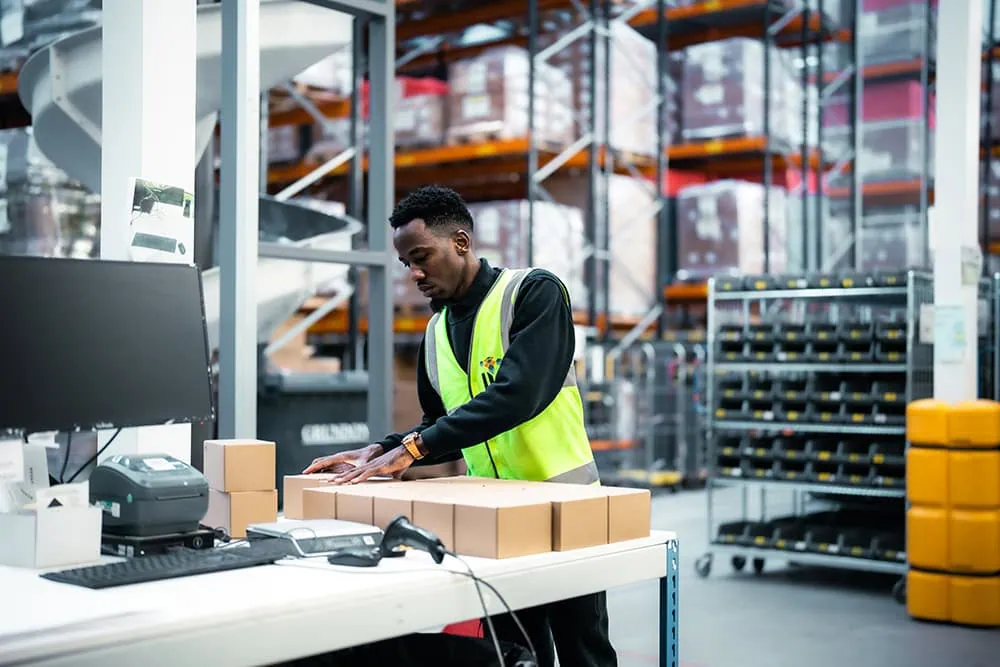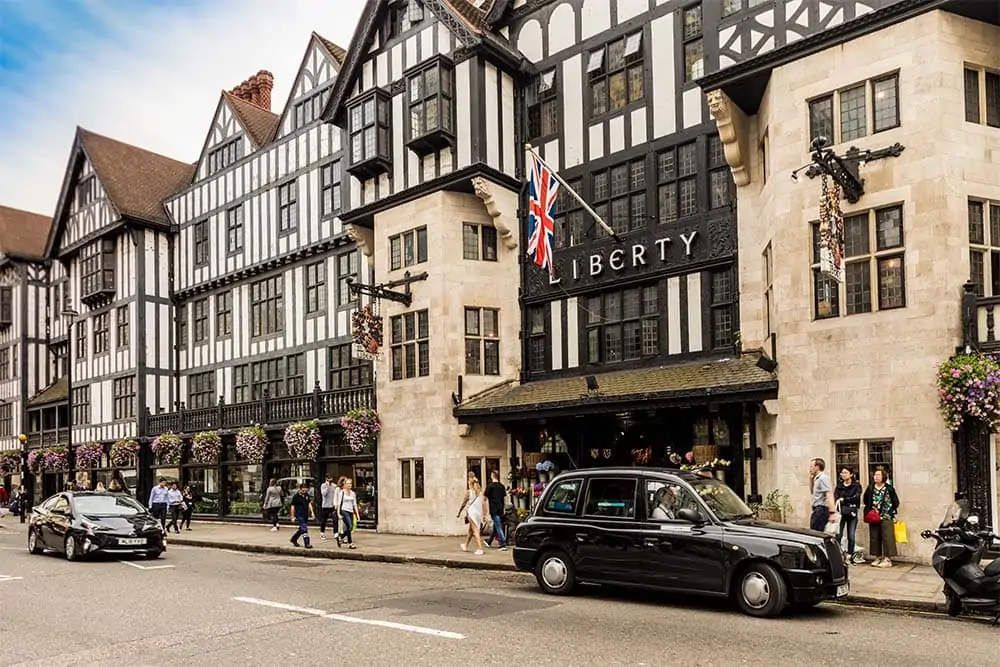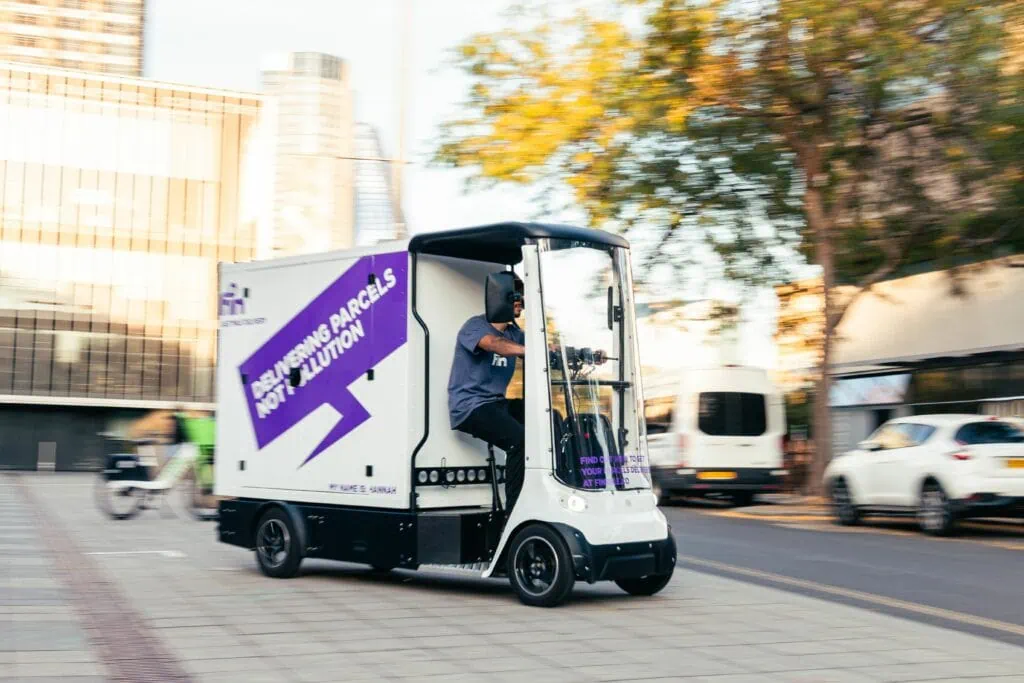
The global beauty e-commerce industry is set to surpass $30 billion by 2026, with nearly a third of all purchase-intent clicks for beauty products occurring on Amazon. This makes Amazon a critical platform for beauty retailers aiming to expand their reach.
However, succeeding on Amazon’s highly competitive marketplace is no easy task. To gain market share, businesses must not only stand out from competitors but also ensure their operations are financially sustainable—for both customers and their bottom line.
One of the keys to profitability lies in efficient shipping and fulfilment. Amazon’s ‘Fulfilled by Merchant’ (FBM) program offers beauty retailers a cost-effective and flexible solution that meets customer expectations for timely delivery. This guide explores how Amazon FBM works, its advantages, and practical steps to implement it successfully.
What is Amazon FBM and how does it work?
Amazon FBM (Fulfilled by Merchant) allows retailers to sell their products through Amazon while managing their own inventory, shipping, fulfilment, and customer service. Unlike Amazon FBA (Fulfilled by Amazon), where Amazon handles these tasks, FBM puts the responsibility in the hands of the seller.
With FBM, sellers benefit from Amazon’s powerful marketplace and global reach, listing their products, setting prices, and receiving orders through the platform. However, when those orders are placed, sellers must meet both customer expectations and Amazon’s strict fulfilment standards.
FBM can be a more cost-effective option compared to FBA, as sellers avoid Amazon’s storage and handling fees. It also provides greater control over inventory management and logistics. That said, FBM requires retailers to take on additional tasks and expenses, making it essential to have efficient processes in place to deliver a seamless customer experience.
What are the advantages of Amazon FBM for beauty brands?
Selling through Amazon FBM offers a range of benefits for e-commerce retailers, particularly for beauty brands. Here’s how FBM can help your business thrive:
Easier shipping for unique and sensitive products
Managing your own shipping allows greater flexibility for handling products that require special care, such as fragile items, oddly shaped packaging, or products with specific storage needs.
FBM is also ideal for products with slower turnover, as Amazon FBA charges substantial storage fees for inventory that sits in their warehouses for extended periods. With FBM, you have more control over storage costs.
Greater choice of fulfilment options
FBM gives you the freedom to choose how you handle shipping and fulfilment. You can manage it in-house to cut costs or partner with a third-party logistics (3PL) provider for professional support.
For beauty brands, working with a 3PL that specialises in your industry can streamline operations, ensuring that products are handled with the care and expertise they require.
Enhanced resilience during peak periods
FBM provides greater control during busy times, such as the holiday season, when FBA fulfilment can face delays. With FBM, you can make alternative arrangements to ensure timely deliveries and maintain customer satisfaction, rather than relying solely on Amazon’s processes.
Full control over packaging branding and personalisation
Amazon’s standard packaging is functional but lacks differentiation. With FBM, you control how your products are packaged and presented, allowing you to design eye-catching, branded, and even personalised packaging that aligns with your beauty brand’s identity. With FBM, brands can also offer Value-Add services such as personalisation, gift wrap and gift messaging, further adding value to the customer experience and building brand loyalty.
What do I need to do to get set up on Amazon FBM?
Setting up as an Amazon FBM seller is a straightforward process. Follow these steps to get started:
1. Choose your base marketplace
Amazon operates 20 global marketplaces in major economies worldwide, and you can choose to sell on any or all of them. For businesses in the UK and Europe, it’s typically best to set up in the UK or EU marketplace to simplify logistics and compliance. For global sellers, the US marketplace is often a popular choice due to its large customer base and ease of use.
2. Set up your Amazon seller account
Once you’ve chosen your marketplace, create an Amazon seller account via Amazon Seller Central. You’ll need to provide:
- Your business or personal details (if operating as a sole trader)
- A valid email address and phone number
- Credit card information
- Tax identification details
3. Set up your product listings
With your account ready, you can start listing your products:
- For existing products: Amazon’s vast library may already include your product. Simply search for it, and if found, you can list under the existing entry by adding your price, available quantity, condition (new or used), and confirming your fulfilment method as FBM.
- For new products: If your product is not already listed on Amazon, you’ll need to create a new product listing. This includes adding details like the product name, description, images, and specifications. Once submitted, new listings usually appear on the platform within an hour.
What happens when I receive an order through my Amazon FBM listing?
Once your Amazon seller account is set up, you’ll manage orders through the Amazon Seller Central platform, accessible via the web or mobile app. Here’s what happens after an order is placed:
1. Notification and order details
When an order comes in, you’ll be notified through Seller Central. The platform provides all the necessary details, including the customer’s information, the product they’ve ordered, and the delivery address.
2. Shipping and tracking
After receiving the order, you have 24 hours to confirm that it has been dispatched and handed over to your chosen delivery provider. You’ll also need to provide a tracking number so customers can monitor their shipment and know when to expect delivery.
3. Managing customer service and returns
As an FBM seller, you are responsible for handling all customer service queries, including returns. It’s essential to provide clear instructions for customers on how to proceed if they’re unhappy with their purchase or wish to return an item.
This can become time-consuming if you’re handling a high volume of orders. Partnering with a third-party logistics (3PL) provider can simplify these tasks by managing returns. This helps ensure a smoother experience for both you and your customers.
What are the typical fees and costs for Amazon FBM?
Amazon FBM gives you the flexibility to run your business on your terms while leveraging Amazon’s powerful marketplace. By managing your own shipping and fulfilment, you can avoid the higher fees associated with FBA and maintain greater control over your operations. However, it’s essential to factor in the associated costs to ensure this approach aligns with your business goals.
Referral fees
Amazon takes a percentage of each sale as a referral fee, and this varies depending on the category and price of your products. For example, within Beauty, Health, and Personal Care:
- Minimum referral fee: $0.30 per item
- 8% referral fee for items priced $10 or less
- 15% referral fee for items priced over $10
These fees can range anywhere from 6% to 45%, so it’s essential to check how much Amazon will take from your sales before diving in.
Selling plan fees
Amazon offers two plans for FBM sellers:
- Individual Plan: $0.99 per item sold – ideal for occasional sellers.
- Professional Plan: $39.99 per month, which waives per-item fees.
If you expect to sell more than 40 items a month, the Professional Plan is usually the better choice.
Shipping costs
As an FBM seller, you’re in charge of getting your products to customers. This means finding a shipping option that’s both cost-effective and meets Amazon’s high standards. While Amazon sometimes offers shipping credits to offset these costs, you’ll need to research your options carefully to stay competitive. For example, if you are already working with a 3PL, you will already have access to carrier rates which means your shipping costs may already be favourable.
Fulfilment costs
Fulfilment is entirely your responsibility under FBM. This includes tasks like picking, packing, and storing inventory. You can choose to handle these in-house or work with a third-party logistics (3PL) partner, which can save time and ensure a professional operation.
What’s the best way to approach fulfilment when selling through Amazon FBM?
Expanding your beauty e-commerce business to a platform as vast as Amazon can lead to significant growth – but it also comes with operational challenges, especially as order volumes increase.
Managing all the shipping and fulfilment yourself can quickly become overwhelming, particularly if you lack the time, resources, or warehouse space to handle everything efficiently. For businesses that aren’t dropshipping, fulfilling large orders in-house may not be practical.
Partnering with a trusted third-party logistics (3PL) provider can help you scale with confidence. At ILG, we have the facilities and expertise to handle shipping and fulfilment for businesses selling through Amazon FBM. From inventory and packaging to ensuring timely delivery, we take care of the logistics, so you can focus on growing your business.
Ready to take the next step?
Get in touch with our expert team today to discuss your specific needs and discover how ILG can support your business’s success.
Contact Us
More insights >
A Guide to UK Market Entry for Canadian Brands
Canada’s traditional export routes have been radically changed recently and the UK market could be a good alternative to the US. Read our guide to UK market entry.
ILG Partners with Fin – Sustainable Logistics
ILG is thrilled to announce its new partnership with Fin Sustainable Logistics, a pioneer in zero-emissions delivery services.

